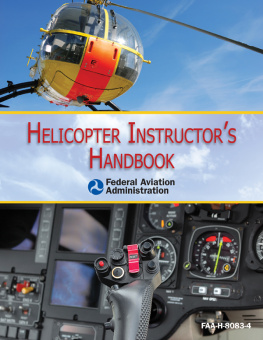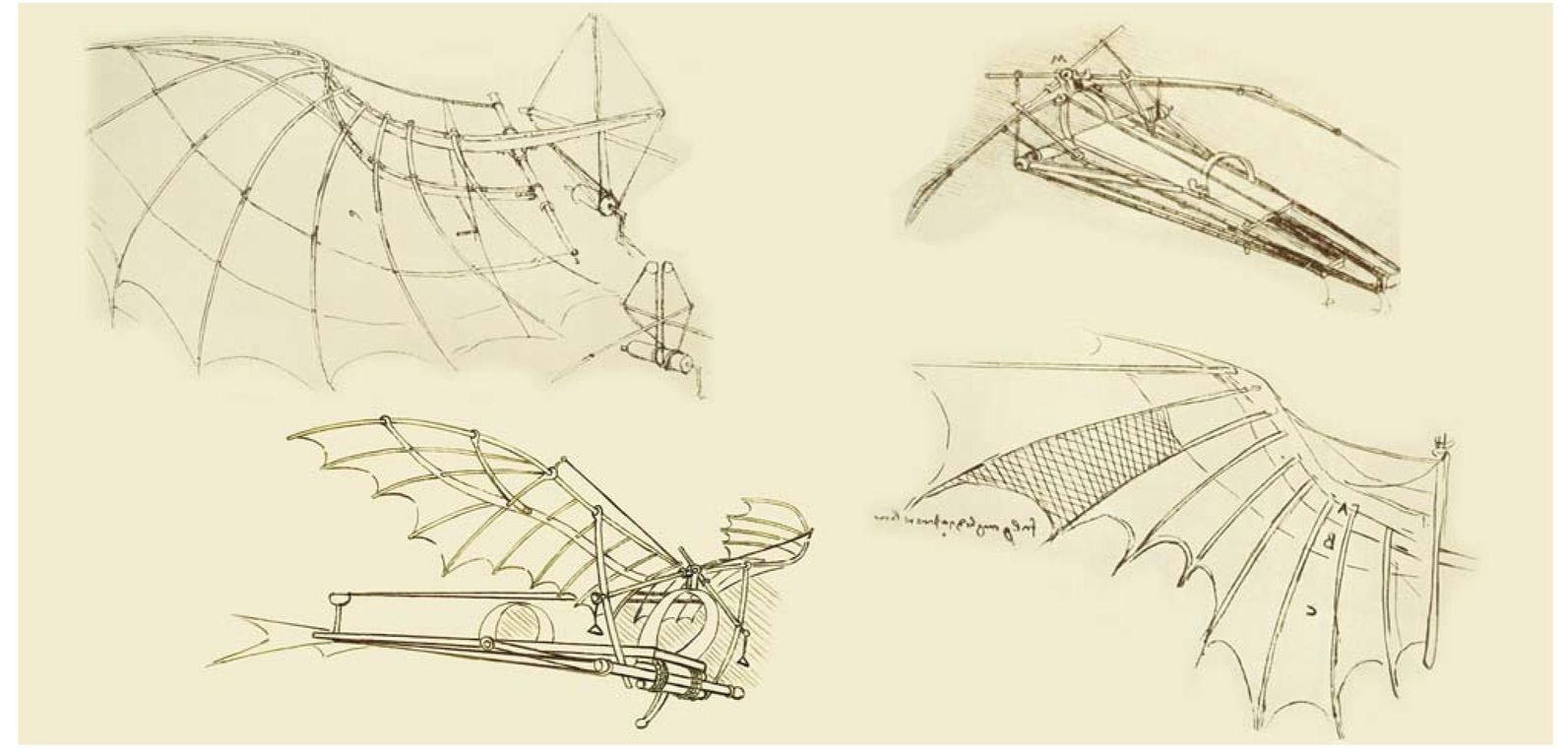The fantasy of flight led people to dream up intricate designs in an attempt to imitate the flight of birds. Leonardo da Vinci sketched a vision of flying machines in his 15th century manuscripts. His work consisted of a number of wing designs including a human-powered ornithopter, derived from the Greek word for bird. Centuries later, when others began to experiment with his designs, it became apparent that the human body could not sustain flight by flapping wings like birds. []
GLIDER OR SAILPLANE?
The Federal Aviation Administration (FAA) defines a glider as a heavier-than-air aircraft that is supported in flight by the dynamic reaction of the air against its lifting surfaces, and whose free flight does not depend on an engine. The term glider is used to designate the rating that can be placed on a pilot certificate once a person successfully completes required glider knowledge and practical tests.
Another widely accepted term used in the industry is sailplane. Soaring refers to the sport of flying sailplanes, which usually includes traveling long distances and remaining aloft for extended periods of time. Gliders were designed and built to provide short flights off a hill down to a landing area. Since their wings provided relatively low lift and high drag, these simple gliders were generally unsuitable for sustained flight using atmospheric lifting forces. The most well known example of a glider is the space shuttle, which literally glides back to earth. The space shuttle, like gliders, cannot sustain flight for long periods of time. Early gliders were easy and inexpensive to build, and they played an important role in flight training.
Self-launch gliders are equipped with engines, but with the engine shut down, they display the same flight characteristics as non-powered gliders. The engine allows them to be launched under their own power. Once aloft, pilots of self-launch gliders can shut down the engine and fly with the power off. The additional training and procedures required to earn a self-launch endorsement are covered later in this handbook.
. A human-powered ornithopter is virtually incapable of flight due to the dramatic difference in the strength-to-weight ratio of birds compared to humans.
GLIDER CERTIFICATE ELIGIBILITY REQUIREMENTS
To be eligible to fly a glider solo, you must be at least 14 years of age and demonstrate satisfactory aeronautical knowledge on a test developed by your instructor. You also must have received and logged flight training for the maneuvers and procedures in Title 14 of the Code of Federal Aviation Regulations (14 CFR) part 61 that are appropriate to the make and model of aircraft to be flown, as well as demonstrate satisfactory proficiency and safety. Only after all of these requirements are met, can your instructor endorse your student certificate and logbook for solo flight.
To be eligible for a private pilot certificate with a glider rating, you must be at least 16 years of age, complete the specific training and flight time requirements described in 14 CFR part 61, pass a knowledge test, and successfully complete a practical test.
To be eligible for a commercial or flight instructor glider certificate, you must be 18 years of age, complete the specific training requirements described in 14 CFR part 61, pass the required knowledge tests, and pass another practical test. If you currently hold a pilot certificate for a powered aircraft and are adding a glider category rating on that certificate, you are exempt from the knowledge test but must satisfactorily complete the practical test. Certificated glider pilots are not required to hold an airman medical certificate to operate a glider.
AERONAUTICAL DECISION MAKING
Aeronautical decision making (ADM) is a systematic approach to the mental process used by pilots to consistently determine the best course of action in response to a given set of circumstances. The importance of learning effective ADM skills cannot be overemphasized. While progress is continually being made in the advancement of pilot training methods, aircraft equipment and systems, and services for pilots, accidents still occur. Despite all the changes in technology to improve flight safety, one factor remains the samethe human factor. It is estimated that 65 percent of the total glider accidents are human factors related. Historically, the term pilot error has been used to describe the causes of these accidents. Pilot error means that an action or decision made by the pilot was the cause of, or a contributing factor that lead to, the accident. This definition also includes the pilots failure to make a decision or take action. From a broader perspective, the phrase human factors related more aptly describes these accidents since it is usually not a single decision that leads to an accident, but a chain of events triggered by a number of factors.
The poor judgment chain, sometimes referred to as the error chain, is a term used to describe this concept of contributing factors in a human factors related accident. Breaking one link in the chain normally is all that is necessary to change the outcome of the sequence of events. The following is an example of the type of scenario illustrating the poor judgment chain.
An experienced glider pilot returning from a cross-country flight is approaching a jagged mountain ridge that lies between him and his home airport located in the valley below. As he nears the ridge he sees people on the top waving to him in excitement. Overjoyed with having flown over 400 kilometers, he decides to do a low pass over the peak. He is flying into a 30 knot headwind that is blowing across the peak. Holding what he feels is adequate airspeed as he nears the lee side of the peak, he realizes his altitude is not very high in relation to the peak of the ridge. As he nears the peak he finds himself in a strong downdraft created by the strong wind blowing over the ridge. In an attempt to make a 180 turn to avoid contacting the ridge, the pilot puts his glider into a steep right turn and pulls back hard on the control stick resulting in an accelerated stall/spin. In the ensuing crash, the pilot is fatally injured and the glider is completely destroyed.
By discussing the events that led to this accident, we can understand how a series of judgmental errors contributed to the final outcome of this flight. For example, one of the first elements that affected the pilots flight was his inability to realize that his decision-making skills were probably dulled by the long distance flight, which preceded the accident. The pilot had flown over this ridge a number of times and was aware that downdrafts are often present on the lee side of the peak but had never had problems in the past.



















